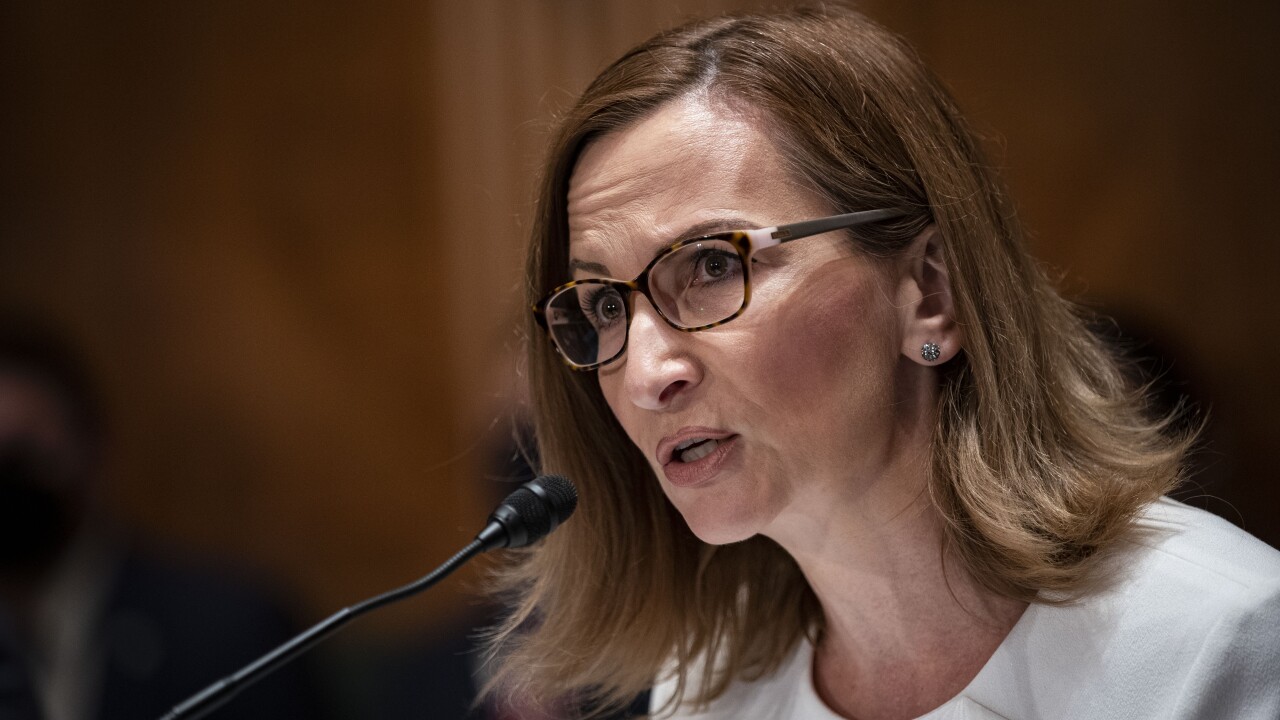In ordinary times most people would not get their blood up over an issue like bank loan-loss reserves. Even for financial executives, "allowance for loan and lease losses," the technical name for bank reserves, is a yawner.
But in these extraordinary times we all have reason to get excited about the accounting and regulatory changes affecting bank reserves in the United States. Recent events have provided a graphic demonstration of how quickly issues in U.S. banking can become issues in world banking.
The bottom line: U.S. loan reserve rules are an important contributing factor in the global banking crisis, and improving the rules might help prevent the excesses that exacerbated the turmoil and minimize future crises. They also have significant potential knock-on implications for banks and authorities in other countries, especially as the search begins in earnest for major improvements in the capital requirements set under Basel II.
The current set of problems with reserves began in the late 1990s, when the Securities and Exchange Commission and the Financial Accounting Standards Board, the masters of generally accepting accounting principles compliance, gained the upper hand over the banking regulators, the masters of safety-and-soundness compliance. The victors changed the rules and enforcement standards that apply to loss allowances.
The new rules ended the practice of setting reserve levels primarily according to the bank's own judgment of future portfolio developments. Instead, bankers had to use mark-to-market-like discipline, reserving only for losses that reflected demonstrable prior experience. Under these rules, banks must justify reserve levels with carefully wrought mathematical models based on past experience, reflecting estimated inherent losses either on specific credits or the whole loan portfolio.
These accounting changes were meant to prevent banks from using their discretion to create large reserves to smooth out their earnings. But the real result was that banks were forced to cut their reserves in good times, even if they expected credit deterioration, since the losses were not yet "incurred." This ended up robbing banks of protections they might have otherwise had against the current downturn.
The same rules also put perverse pressure on banks to increase reserves now, in troubled times, when it is hardest to do so and when doing so depresses lending.
A treaty between bank regulators and the SEC, which was supposed to give banks more flexibility, has not worked. Banks have feared, with some justification, that the SEC would continue to enforce their more severe concept of GAAP with vigor, effectively trumping other regulators' more moderate views. From financial institutions' point of view, it is cold comfort if a regulatory agency supports you while the SEC, with its history of stern enforcement, is investigating you.
The treaty is at best a half-measure, anyway. What's really needed is for banks and bank boards to set whatever level of reserves they want above minimum levels established by their prudential regulators.
As a former bank regulator and senior bank executive, I do not accept preventing banks from smoothing their earnings as a rationale for taking away their latitude in setting reserves. For one thing, "smoother earnings" is the same as "reduced volatility," which many policymakers have stated as a goal of financial reform. For another, I have never observed any serious problems with banks actually trying to smooth earnings.
I do accept that the government has an interest in preventing banks from abusing their reserve levels and in holding them to the highest standards of transparency, safety and soundness.
So the reserves have always been and must continue to be totally transparent. Investors, lenders and others can see how much a bank has built up its reserves. This kind of transparency means a bank is unlikely to abuse reserve levels if everyone can see exactly what it's doing in real time.
Banks are likely to be safer and sounder if they are not straitjacketed by mathematical models when setting reserve levels.
No mathematical model can yet predict with accuracy what is needed to protect a bank from loan and lease losses. On the contrary, mathematical models created flawed products and derivative trades that ushered in the financial crisis.
Where computer modeling falls short, professional judgment still counts for a great deal. An extra layer of caution, based on the instincts or conservatism of experienced managers, can pay big dividends and help a bank survive in a downturn.
I do not believe the theoretical purity of a computer can beat the seasoned judgment of an "old salt" credit officer. As the Spanish aphorism goes, "Mas sabe el Diablo por viejo que por sabio." (The devil knows more because he is old, rather than because he is wise.)
The current rules are pro-cyclical, whereas individual financial institutions and the economy as a whole would be better off with countercyclical policies. Allowing higher reserves in good times and lower ones in bad times gives banks an additional shock absorber and might prevent more failures in the future. But the converse, which is what we have now, also holds true.
Having the SEC impose strict objective criteria on loss allowances was a well-meaning experiment, but it is one that has demonstrably failed and one that we cannot afford to continue during a financial crisis. We can avoid worse trouble for investors and the global economy as a whole if we reverse it now.





